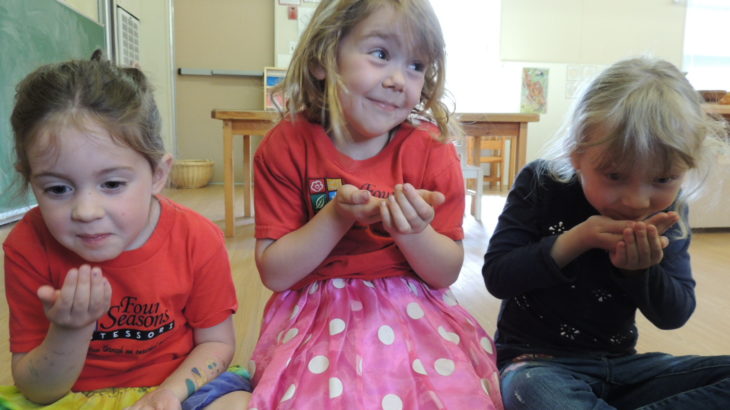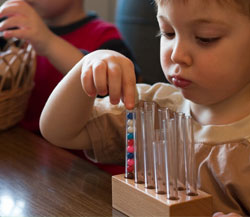Educating children about taste buds and How to get your three year old to eat kale
When my son was two years old he would not eat carrots. I asked my doctor how she approached ‘picky eating’ with her kids. She said, “Don’t change what you cook and keep putting carrots on his plate.” I did exactly as she suggested, but Jack still refused to eat carrots, even until he was three and a half. Then my doctor suggested that I include him in my love for gardening.
Time Spent Together
In the early summer I invited Jack to plant vegetable seeds in the garden. We made a trip to the gardening store where he selected seed packets for carrots, lettuce, peas and beans. I allotted a section at one end of the raised planter box for him to use. He watched how I carefully made straight rows in the dirt and how deep I planted the various seeds at the other end of the box. Then he went straight to work: He tore open the packets, emptied the seeds all into one pile in the planter box, stirred them around with a stick (had lots of fun) and finally covered them with soil.
The Root of the Problem
Jack’s plants grew more abundantly than mine. (I did more broadcast planting from then on!) In the summer, he pulled up his first carrot, washed it with the hose and munched on it happily. Now, at 22 years old, my son still prefers his carrots raw to cooked. He also can explain why the store-bought carrots always tasted terrible to him as a child: The bitter taste was from the insecticides used to treat carrot rust fly.
Sharing the Joy of New Taste Experiences
At preschool I also enjoy gardening with my students. Children love to taste what they have grown! It is common to observe children who would not typically eat kale, pluck a leaf off the plant and munch on it straight from the garden. It is always a delight to see 3, 4 and 5 year olds overcome their hesitation to try new vegetables.
Taste Bud Sensations
The sense of taste is an important connection to how we enjoy food. The taste buds located on our tongue detect the different tastes in the food we eat. The little bumps all over the tongue are divided into areas that allow you to experience 6 different flavours: sweet, sour, bitter, salty, astringent, pungent. Children need the opportunity, from a very young age, to sample a wide variety of fruits, herbs and vegetables that offer a wide array of colours, textures and flavours. This plants the seed for future eating habits.
Taste Testing Together
It can be fun to pair different foods at snack time and describe the taste sensations:
My students enjoyed the experience of dipped celery in jam for sweet; munched on spinach for sour; licked a lemon wedge for bitter, chewed on a pretzel for salty;
harvested kale from the garden for astringent; dipped their finger into cinnamon for pungent.
For more information on this topic go to:
The Brain Mind Body Connection video on YouTube
Dr. Rudy Tanzi and Deepak Chopra
Appetite to Play: Physical Literacy & Healthy Eating
www.appetitetoplay.com






